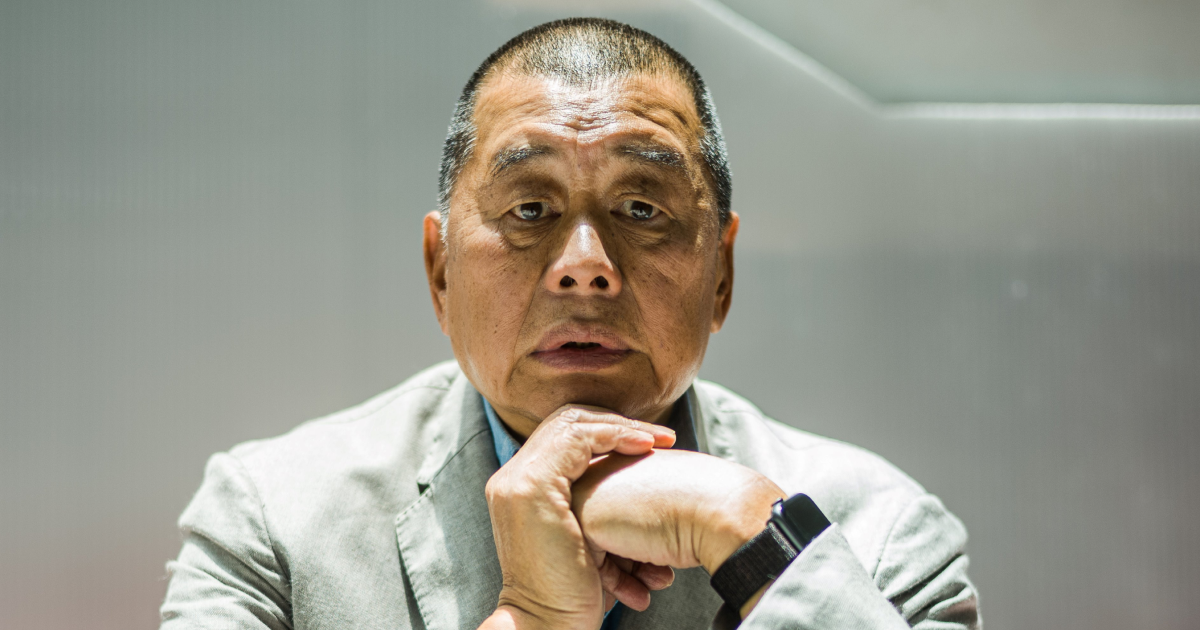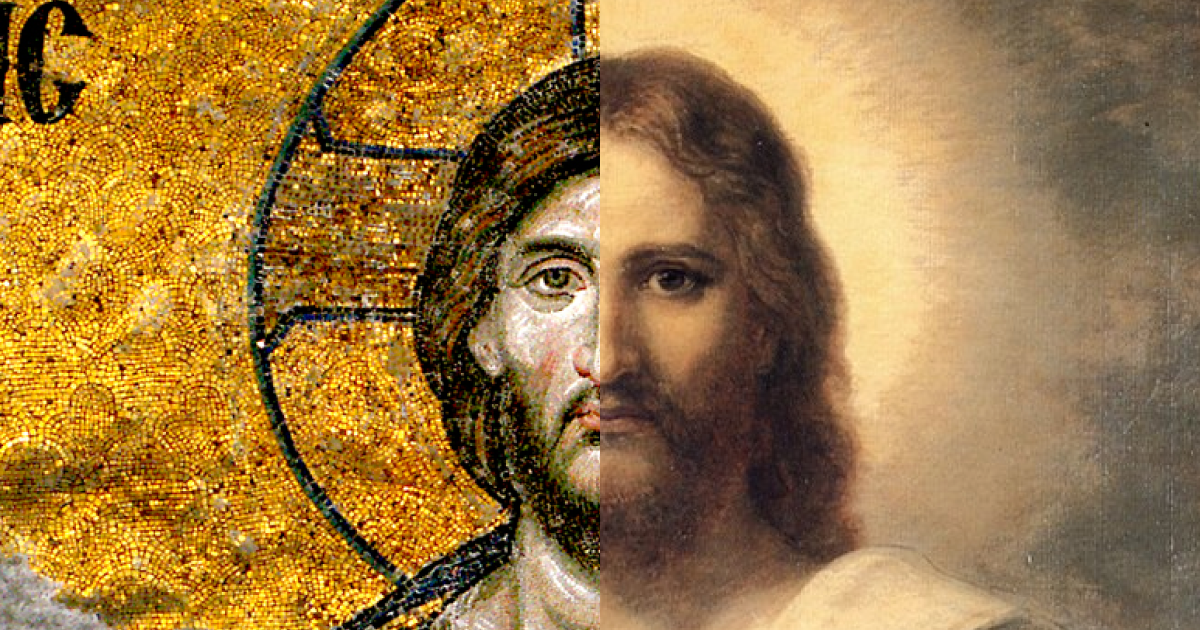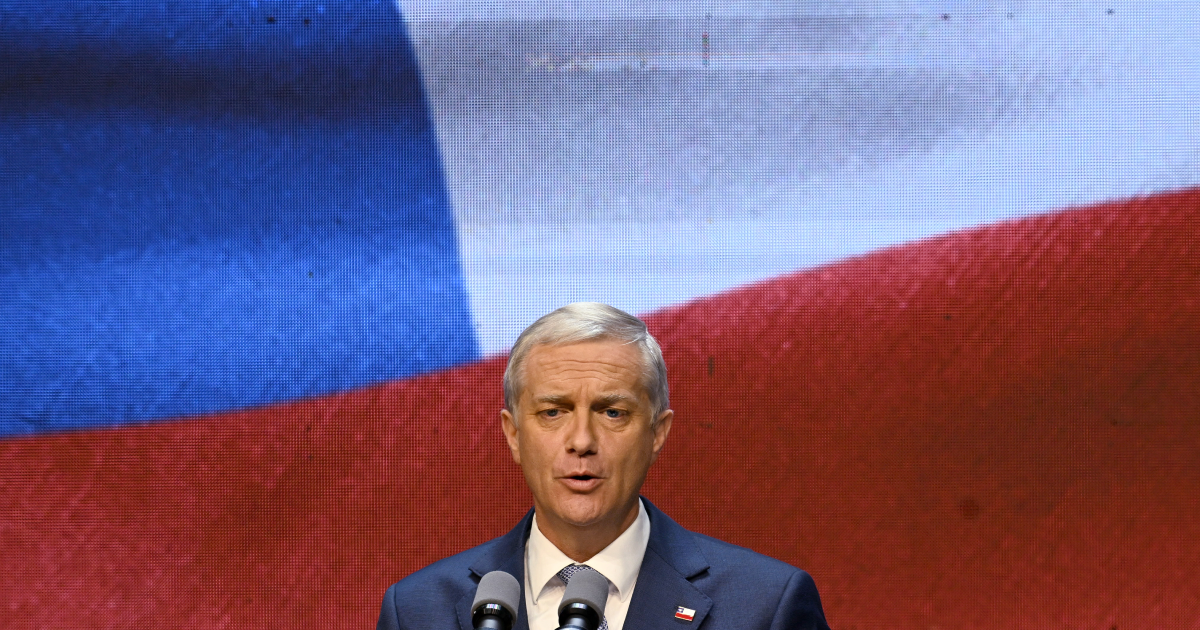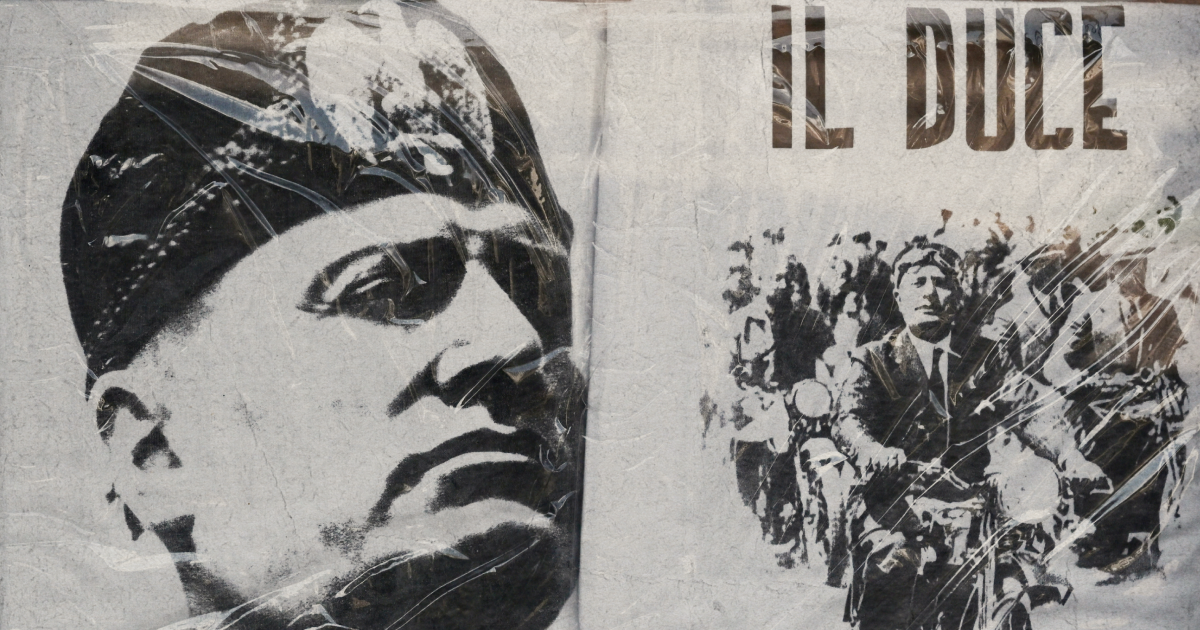Saint John Henry Newman is to be formally declared a Doctor of the Church — a distinction most fitting for one whose intellect, literary eloquence, and spiritual profundity have long commanded admiration within the Catholic world. Indeed, among the great figures of Catholic apologetics, Newman stands prominently; few, if any, have come to represent the face of Catholicism in modern England with such enduring manner. His clarity of mind and intellect played no small part in shaping my own journey towards the Church when, as a younger man, I stood at the crossroads of Christian denominations.
Nevertheless, there is a tendency within our ecclesial culture to canonise not only the sanctity of Saints but their every word and thought as though immune to human error. It is a habit that, however well-meaning, can obscure the more honest and edifying picture. Sainthood is not synonymous with infallibility; nor is theological acumen a guarantee of doctrinal precision in all matters.
It is in this spirit — not of accusation, but of reflection — that I offer the following considerations on Newman’s life and thought. For even the most intelligent minds may, at times, cast long shadows.
One of the more delicate threads woven through Newman’s Catholic years was, without question, his vexed and often fraught relationship with Cardinal Henry Edward Manning. Rarely has a relationship between two towering figures of the same Church been so marked by mutual misapprehension, ideological divergence, and what might be charitably described as an instinctive antipathy of temperament.
In the decades since their deaths, Manning has suffered more at the hands of posterity — dismissed as a dry bureaucrat, an ecclesiastical climber, and a man of impenetrable ambition. Yet such an image does not do justice to the full man. Scholars of a balanced hue, such as James Pereiro, have made careful efforts to recover a fuller and more nuanced portrait.
Manning was no intellectual lightweight. He was theologically astute, politically shrewd, and possessed a firm grasp of ecclesial governance forged not in ivory towers but in the pastoral trenches of the Church of England. The loss of his wife prior to his conversion left a private wound that lingered quietly behind his public strength; his support of the London Dockers in 1889 reveals a social consciousness and pragmatic political sensibility that Newman, for all his refinement, perhaps could neither have understood nor embraced.
Temperamentally, the two men stood at near opposite poles. Newman, the university don and speculative theologian, was cautious, nuanced, and reticent; Manning, the ecclesiastical statesman, was clear, decisive, and, when required, unbending. Their rivalry was not simply one of personality but of principle. Manning countered Newman’s deep and often tortuous theory of the development of doctrine, with a strict insistence on ecclesiastical authority and a distrust of lay involvement in matters theological. Newman saw the laity as the sensus fidelium; he thought that the Church would look foolish without them.
It was, then, inevitable that the First Vatican Council would bring their differences to a head — not in open confrontation, but through the manner in which each man aligned himself to the question of papal infallibility.
Popular history has too often painted Manning as a fire-breathing ultramontanist — his mitre practically lined with the thunder of papal decrees. But the reality is subtler. Manning was more moderate than many give him credit for. He saw the definition of papal infallibility not as papal absolutism, but as the final assurance of divine guidance in the chaos of modernity. His posture was not the radical imposition of a theological novelty, but the defence of what he saw as the Church’s right reason and supernatural certitude.
However, on the other end, attentive reading of the Council proceedings and of Newman’s own correspondence reveals a rather more textured picture: for all his careful reservations, he was not fundamentally opposed to the doctrine itself, but rather to its timing, tone, and manner of promulgation.
Nowhere is this more poignantly expressed than in Newman’s private letter of 28 January 1870 to Bishop Bernard Ullathorne, his ordinary — a letter whose content, despite its intended confidentiality, soon found its way into the press. In it, Newman writes with evident distress at the prevailing climate in Rome, lamenting that “the greatest meeting which has ever been, and that in Rome,” was being overrun by fear, not confidence — driven, in part, by what he called “an aggressive and insolent faction.” This was not the vision of an Ecumenical Council that he had so long admired.
Newman’s rhetoric is charged with pastoral concern and intellectual hesitation, not defiance. He feared, quite earnestly, that the rash and politically pressured definition of infallibility would cause what he hauntingly called “a great calamity.” The implication was not that the Church would fall into heresy but that the proclamation, handled imprudently, would sow more division than clarity. “If it is God’s Will that the Pope’s Infallibility should be defined,” he wrote, “then it is His Blessed Will to throw back the times and the moments of that triumph He has destined for His Kingdom.” That is not the voice of rebellion — it is the voice of a faithful son of the Church, praying that the future might unfold with prudence rather than presumption.
Here, then, we find our first real instance of the double-edged nature of Newman’s legacy. A saint, yes, but not without misjudgements. One could argue that Newman’s approach here may have underestimated the value of a clearly defined papal charism at a time of increasing hostility toward the Church. Manning, for all his bluntness, grasped the necessity of Rome speaking firmly in an age of rationalism and revolt.
In Manning’s eyes, Newman’s hesitations bordered on intellectual evasion. His theological instincts were offended by what he regarded as Newman’s excessive psychological subtlety, and his ecclesial instincts perhaps convinced him that Newman’s sympathies remained more Oxford than Roman. To Manning, faith was not an assent to a probability but the acceptance of a Divine Voice — resounding through the Church, made infallible by Christ’s own promise.
Yet the tensions between Newman and the prevailing ecclesiastical current of his day were not confined to theological debate at Vatican I. They found tangible and painful expression in the episode of the Oxford mission — a moment which crystallised the suspicion with which Newman was regarded by certain powerful figures within the Roman Curia.
At the heart of this episode was Monsignor George Talbot, a name perhaps less familiar to the average Catholic today, but in his time, a man of significant influence and proximity to power, serving as a personal secretary to Pope Pius IX himself.
The incident in question arose in the late 1860s, when Newman, with some optimism and not without careful preparation, proposed to re-establish a Catholic presence at Oxford. With official sanction secured from Rome, he began raising funds and speaking openly of his plans — presenting the Vatican’s approval as both a seal and a safeguard.
However, once the true nature of Newman’s intentions became known to those in Rome — namely, that this was not a simple mission of conversion, but rather a revival of his long-standing vision of a mixed, quasi-interconfessional educational institution — the mood changed dramatically. The Curia, sensitive to the rise of liberal Catholicism and on high alert in the years preceding the Council, swiftly withdrew support. Newman received a discreet but direct message from Rome on 22 March 1867 instructing him to desist entirely. Bishop Ullathorne, acting under explicit orders, was told to forbid Newman from relocating to Oxford altogether.
This sudden reversal was not without consequence. Newman’s initiative had gained traction among prominent Catholic laity in England, many of whom had already pledged financial or moral support. Public controversy followed. The Weekly Register published correspondence from Rome implying Newman was being viewed as sympathetic to the positions of Ignaz von Döllinger — a name increasingly associated with liberal theological dissent. A letter from 200 prominent laymen was drafted at the Stafford Club, denouncing Rome’s intervention as “a blow that inflicts a wound upon the Catholic Church in this country.”
Amidst this clamour, a letter from Monsignor Talbot to Archbishop Manning stands as a singular window into the mind of the Roman establishment. Talbot’s tone is unambiguous. He writes with a certain disdain for the English Catholic laity, urging Manning to “keep them in their place” — a sentiment which, to modern ears, may seem shocking, but was reflective of the papal instinct to guard authority jealously and to resist the emergence of an articulate, educated Catholic middle class asserting its voice within the life of the Church.
More notably, Talbot offers an unvarnished appraisal of Newman himself: “The most dangerous man in England,” he opined — a phrase which, in its severity, reveals just how threatening Newman’s nuanced theology and vision for a Catholic intellectual life was perceived by those in Rome who prized simplicity of doctrine, centralisation of authority, and uniformity of tone.
It is here, perhaps, that we come to the very heart of the issue. For all Newman’s loyalty to Rome, and all Manning’s supposed radicalism, this incident suggests that the influence was not from Manning up to Rome, but rather from Rome down through Manning. Newman’s oft-expressed anxiety that Manning was feeding Roman suspicions appears, considering Talbot’s correspondence, to be inverted. It was the Curia — and Talbot in particular — who were instructing Manning to act, not the other way round.
Newman’s failure to realise his Oxford dream was not merely personal — it was emblematic. It exposed the suspicion with which even faithful, orthodox innovation could be received in a climate fearful of heresy and allergic to ambiguity. The quiet irony is that Newman, who would later be canonised and declared a Doctor of the Church, was treated — by some of the highest authorities in that Church — as a subversive.
Ultimately, to speak of Newman as part of the “progressive wing” at the time of the First Vatican Council is accurate but must be treated with care. It is true that he sympathised with those bishops — such as Dupanloup and Strossmayer — who urged more liberal measures. But this alignment with a cautious theology should not be misread as an endorsement of Catholic liberalism in its continental, ideological sense. Newman’s reservations were pastoral and prudential, not doctrinal.
Indeed, Newman’s own words refute any suggestion that he belonged to the party of theological liberalism. As Michael Davies, hardly a sympathetic voice to the progressive camp, rightly argued in his work Newman Against the Liberals, the cardinal stood firm against the anti-dogmatic, relativistic currents that had begun to coalesce under the banner of “liberal Catholicism.” Newman’s Biglietto speech, delivered at the Venerable English College in Rome, after he had received his red hat in 1879, left no room for doubt: “For thirty, forty, fifty years I have resisted to the best of my powers the spirit of liberalism in religion.” His critique was not aimed at healthy debate or open engagement with the modern world, but at that insidious spirit which, under the guise of freedom, sought to subject Revelation to human reason and reduce the supernatural to the sociological.
Yet, if he was no liberal, neither was he a reactionary. Newman’s temperament was too considered, too rooted in lived experience, to embrace any kind of extremism. His caution regarding papal infallibility was a reflection of his deep understanding of the precarious position of the Church in the English-speaking world. Catholicism was still re-emerging from the shadows in England and America — still establishing its credibility and its roots in societies long suspicious of “Romanism.” To define so weighty a doctrine at such a moment, Newman feared, would risk hardening the prejudices of the Anglosphere.
One can sympathise with this prudence. There is an integrity in Newman’s anxiety — he understood that theology, when defined too hastily or without regard for cultural context, could alienate as much as it could edify. And yet, to his credit, when the Church spoke, Newman submitted. He did not fall into schism. He did not drift toward the Old Catholics or embrace a bitter dissent.
Later, in a letter addressed to the Bishop of Limerick, Edward Thomas O’Dwyer, Pope St Pius X approved the latter’s defence of Newman’s orthodoxy in the face of modernist misappropriation. Pius declared with unmistakable authority: “Cardinal Newman, far from being in disagreement with Our Encyclical Letter Pascendi, is very much in harmony with it, and has been emphatically approved by Us: for you could not have better served both the truth and the dignity of man.”
Such praise would not be given lightly — particularly not in the context of Pascendi dominici gregis. The papal encyclical reaffirmed the objective nature of dogma, the unchanging deposit of faith, and the authority of the Magisterium against those who sought to reduce religion to sentiment, culture, or mere historical development.
That Pius X saw in Newman no contradiction to these principles, but rather a defender of them, speaks volumes. It testifies to the fact that Newman’s theory of doctrinal development was not a cloak for innovation, but a framework for fidelity. He did not believe truth evolved; he believed it unfolded — like a flower from its bud — not changing in substance, but in expression, always remaining organically united to what came before.
That such a man could be misunderstood in his own day is regrettable. That he is to be recognised in our day as a Doctor of the Church is providential.




.png)











